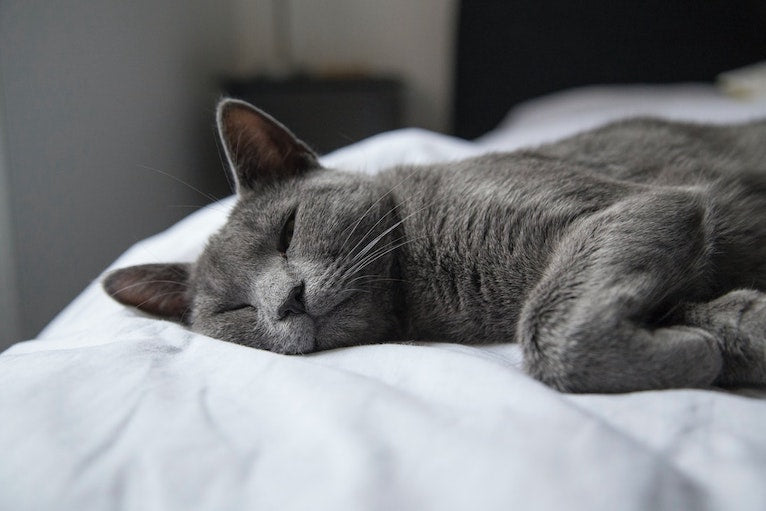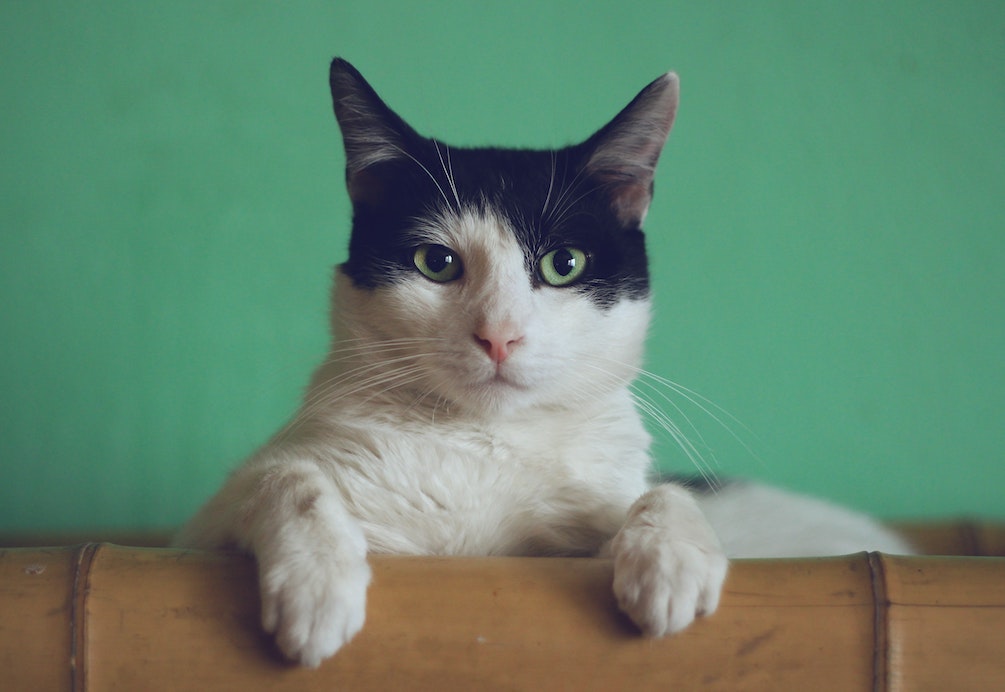As a person with a cat dander allergy, it's hard for me to spend carefree time with cats - but I'm not letting that stop me! I love taking care of my friends cats and for the cat dander allergy I just take antihystamines when needed. A cat dander allergy can make it difficult to spend much time with cats, even if you love animals. But actually there are some cat breeds that are suitable for allergy sufferers! In this article, we will introduce you to cat breeds that are suitable for allergy sufferers and allow us to live with cats!
Allergic reactions to cats are triggered by a protein called fel d1, which is found in both fur and saliva in cats. When your cat grooms itself, it spreads larger amounts of the protein through its fur through its saliva. As the saliva dries, fel d1 can also become airborne. Some cat breeds shed lower amounts of the protein, while other cat breeds shed fewer hairs that contain the protein. In short, all breeds of cats secrete the protein fel d1, but some breeds of cats only produce very small amounts of the protein, so they don't trigger an allergic reaction in their owner.
1. Siberian cat
Despite their thick coat of fur, Siberian cats are considered hypoallergenic. This is because cats of this breed only excrete very small amounts of the protein feld d1. In addition, Siberian cats shed less fur because in their homeland of Siberia they have always had to keep a thick coat of fur to keep them warm.
2. Cornish Rex
In contrast to other cat breeds, the Cornish Rex does not have an undercoat, which means that the cats also lose less fur. Cornish Rex cats are lively animals that crave attention and like to be kept busy.
3. Sphynx
The Sphynx cat (not to be confused with the Egyptian monument) is a completely hairless cat. So while Sphynx cats cannot shed hair, making them hypoallergenic, they still produce dander. However, if you take good care of your Sphynx cat's skin, the number of scales shedding will decrease.
4. Siamese cat
Siamese cats are considered the nobility among cat breeds and originally come from the temple of King Siam. With their healthy coat that requires little maintenance, they shed little and are therefore considered hypoallergenic. Siamese cats also love attention and always want to be pampered like their ancestors.
5. Russian Blue
Russian Blue cats are loyal animals and love to spend time with their owners. Their soft fur sheds little hair and the cats themselves only produce small amounts of the protein fel d1, which triggers allergic reactions. However, you should brush their gray coat at least once a week.
6. Balinese cats
Like Siamese cats, Balinese cats are incredibly loyal and affectionate when it comes to their owners and are particularly notable for their long, thick fur. Balinese are considered hypoallergenic because they produce little of the protein feld d1.
7. Oriental Shorthair
Oriental Shorthair cats are a cross between an American Shorthair, an Abbesinian, and a Siamese cat. They are very intelligent and can be a bit stubborn at times. Their glossy coat requires little maintenance and rarely sheds hair, making the Oriental Shorthair considered hypoallergenic. To reduce the chance of an allergic reaction, you can wash your oriental shorthair cat with a damp washcloth to rid its coat of dandruff.
8. Devon Rex cats
Devon Rex cats have very thin fur that rarely sheds and are therefore considered hypoallergenic. In fact, their fur is so thin that sometimes bald patches form on cats' fur. You should therefore never have your Devon Rex cat shorn.
The concentration of the protein feld1 differs from cat to cat and depends on various factors. For example, sterilized cats produce less feld1 than non-sterilized cats of the same species. If you are thinking of getting a hypoallergenic cat, you should think about the following points: Cat dander allergies have different degrees of severity and the sensitivity to the protein feld1 differs from person to person. So check with your family doctor beforehand if it is safe for you to get a hypoallergenic cat!


